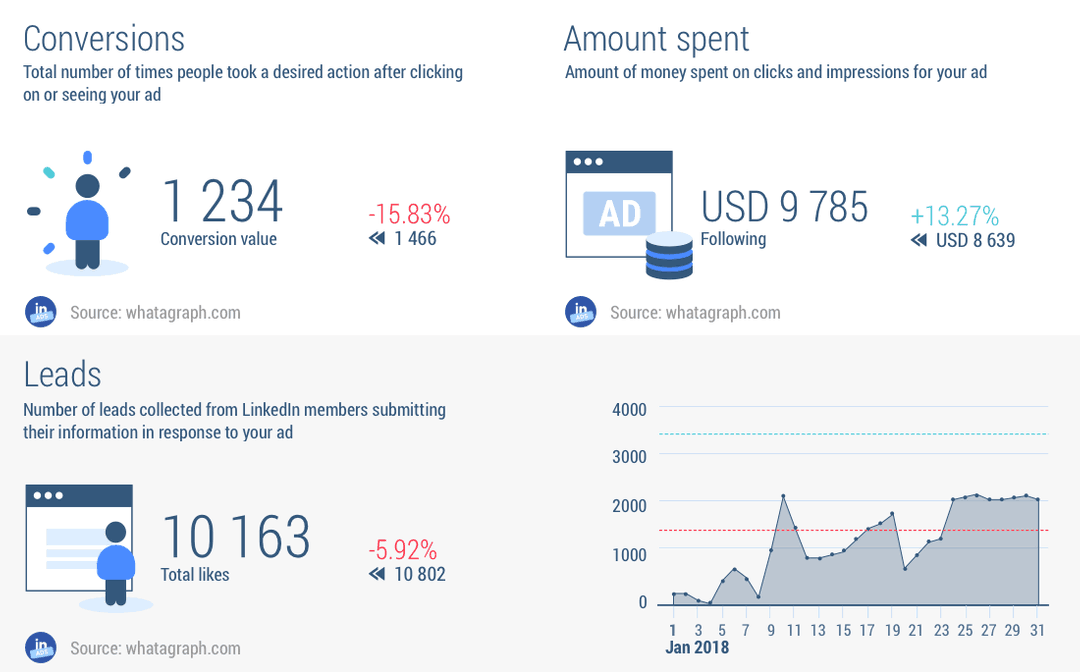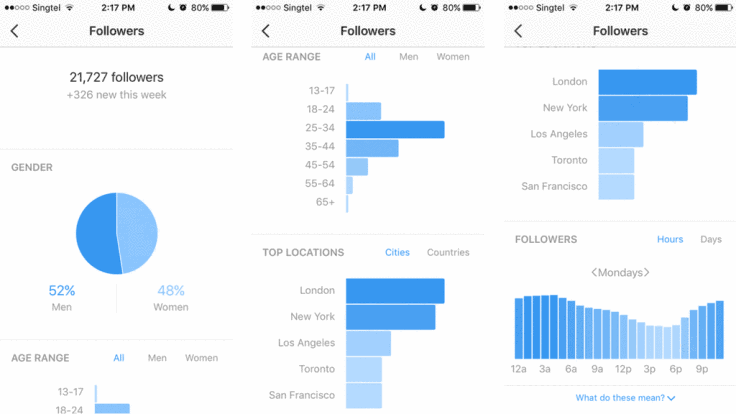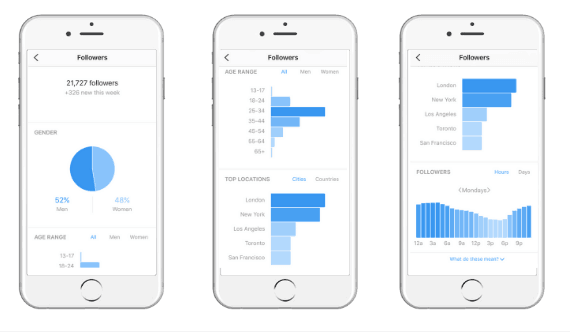How to create a social media report: an ultimate guide

A social media report is a data-driven document that you create to present the result of activities in your brand's social accounts. It tells about a brand's popularity, reputation, or even its income, and many other things. The report is usually accompanied by statistics explaining its conclusions.
This analytical report is a way to track your marketing goals on social media. It shows which campaigns succeeded and which failed. It also shows your weak marketing spots that require attention and correction.
A good report helps to understand the best ways for further development. Being aware of the statistics in your social accounts, you can improve your marketing strategy and perform better, set bigger goals and achieve them.

We recommend using templates when you need to create a social media report, or you can make your own template. Whatever way you choose, there are things to think about before you tackle this task.
If you had some activities on social media, you definitely had goals. So state them when creating your marketing report. That may be gaining followers or brand awareness, or maybe you just started and wanted to see how your brand can perform on social media.
Your social media report should answer if you achieved your goals. And the answer should be data-driven.
The statistics from your social media accounts are the data that you base your report on. You can also use tracking tools for business like Google analytics. What metrics exactly to use depend on your goals.
You can create a social media report for any term literally. A long-term one shows a bigger picture. A short-term one is proved to be effective for improving your marketing strategy.
A term for your social media report depends on what you want to analyze. As a rule, marketers create a monthly social media report. But, maybe, you run a marketing campaign that lasted 2 months and want to show its results. Then you will need to analyze this period.
You should also think about whether you want to compare the results with what you had previously. The report can present numbers for the current period only. Or you may include numbers from the previous (or even several previous) terms. This allows you to estimate your results more fairly.

Keep the line of a monthly social media report whenever you decide to create one. And compare the data with the previous period. there is no need for another approach unless you have a special demand or good reasons to choose something different.
A month is a period long enough to estimate your everyday social media activity, spot wins and loses. A monthly report lets you make conclusions about the efficiency of the chosen marketing strategy and correct it to perform better.
Data from the previous term in your social media report makes the picture more fair. It gives more insights into the growth and changes that occurred since the last report.
When you create a social media report, you should decide what statistics you will need. They are determined by your goals. These are both major goals of your company and marketing goals for a period. Always mention them so that all victories and fails become evident.
Metrics that you include in your social report to tell about the major goals are usually the same every time. It'd unless you change your goal or find a more accurate way to say whether you arrived at the target success.
Meanwhile, when you create social media reports for term goals, the metrics may differ every next time. You have to decide which metrics show the results better. For example, if you wanted to increase brand awareness, you need the follower count growth first of all. And if you aimed to increase sales, focus on purchase statistics.

Usually, you need to include the following metrics in your social media report to analyze term goals:
- Clicks. The number of users who clicked or tapped the link you provided in a post or ad made for the campaign.
- Followers. This metric in your social media report shows how many people want to stay connected with your brand. It is usually analyzed in comparison with the previous period.
- Reach. The rate indicates how many people saw your advertising post or ad, a single publication, or your content in general.
- Likes and reposts tell you which kind of content your followers prefer. A deep analysis of the most reposted and liked posts in your report gives a clear picture of the target audience.
The theory part is over, let's get to the practice. You already know what data you need to include in your social media report, now you need to collect it.
The data you need to create a social media report can be found in your social account settings. The interface is different on platforms. But they are usually based on the same concept. There is a special statistics or analytics section.
Remember the period and metrics you have defined in the previous step for your social media report. Set the time interval in the settings to get the relevant figures. The next thing you do is copy the metrics. You can save it in Google Docs or Sheets, or whatever tool you like.

Statistic figures themselves don’t tell much about your success. To make a comprehensible social media report out of them, you need to explain and associate them with the brand's goals. At this stage, you analyze the metrics and write what you have found out.
A social media report you create should include:
- Introduction. Describe the goals that had been set, and what tools and technologies were used. Thus, you explain the context, which makes the report easier to digest.
- Results summary. Highlight the main results of the period in your report. Write which goals have been achieved and not. And add a couple of words about prospects.
- Accurate numbers. Here comes the figures you mined in the social accounts. Add those that are important for estimating the results. These are the metrics that help to say whether the goals are achieved.
- Wins. State facts that can't be expressed with numbers but affect the analysis or its results. Let’s say, you got support from an influencer or a collaboration invitation from another brand that can be used in further campaigns.
- Analysis. There you explain why the main metrics and their change mean the goals are achieved (or not). Unlike the 3-rd point on this list, there are more words than numbers.
- Summary. A final word in your social media report where you make conclusions about the lessons learned. Here you write in short whether a campaign was a success and explain the ways to improve your performance.

A social media report is also a part of your marketing campaign. It helps to understand whether you are going the right way and how to move faster. Without it, you can endlessly run circles far away from your goal destination.
You need to create both long-term and short-term social media reports. Making the first allows seeing a bigger picture. And making a social media report every month gives you ideas of the most effective ways to boost your brand development, and not on social media only.